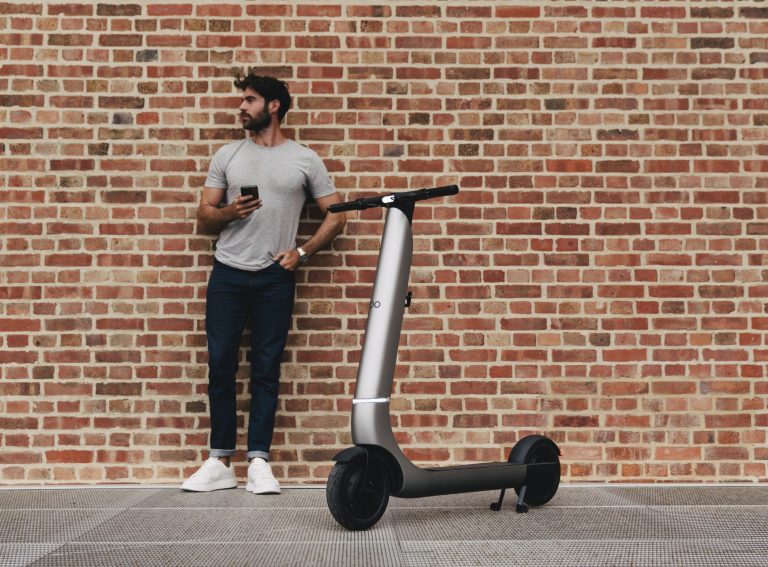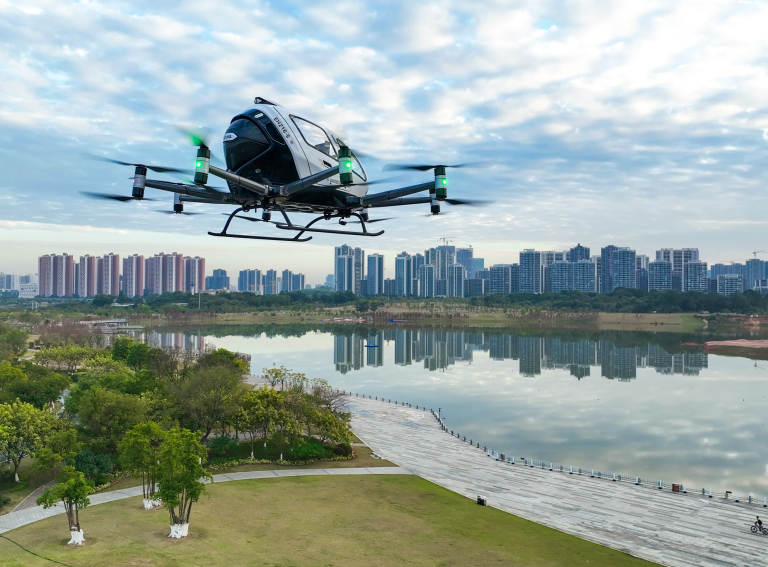While e-scooter fleet operators are busy rolling out ever-more complex and technology-laden models, those tiny-looking black circles placed either end of the deck remain the only things connecting the rider and vehicle to the ground.
Tyres are tyres, right? Not exactly. Watch a wet or cold Formula One race and you’ll see what happens with the wrong tyres for the conditions. An extreme example? Perhaps, but try riding a bicycle wearing slick road tyres through the middle of winter and see how safe you feel.
Tyres stick scooters to the ground, cut through puddles, ride potholes, and making braking work. Tyres might be the forgotten savior of the e-scooter safety feature wars.
So what goes into making these things? We spoke to a handful of fleet operators to find out.
(NB. It’s worth noting that the following applies only to shared scooters, which are engineered specifically for repeated uses daily over long periods of time by a variety of riders who won’t treat them nicely, and not private scooters, which aren’t.)
1: All about size
The industry standard has coalesced around 10-12 inch diameter tyres. On the smaller scale is Wind (which makes its own scooters), which has 10 inch wheels either end. So does Zipp, which uses the Acton M Pro scooter. Neuron, which also claims to make its own model, has 11.5 inch items. The Tier Four model, built by Okai, has a 12 inch front wheel and a 10 inch rear. Dott also uses Okai scooters, with twin 12 inch wheels.
2: What are they made from?
Tyres are made out of rubber, right? Mostly. But bicycle tyres and car tyres are inflated with compressed air, which helps absorb energy and allows tyres to deform slightly to increase the contact patch with the road surface.
When it comes to e-scooters, the convention is the opposite: solid tyres with no inflatable components. While this makes for a harder ride and a smaller area actually in contact with the road, it eliminates the possibility of partially-deflated or burst tyres, thereby increasing safety. Acton’s tyre has a honeycomb structure to reduce weight by retain structural integrity. Wind’s has a foam component.
Of the operators we spoke to, only Dott has pneumatic tyres, with an inner tube. The micromobility operator has been using these since 2018. “We use air-filled tires on the front wheel to provide increased grip on road surfaces and better shock absorption for a safer ride,” a company spokesperson told us. “On the rear wheel, where shock absorption isn’t required as much, we use tubeless tyres to reduce deflation risk. We also use tyre sealants to reduce deflation risk further.” Wondering how Dott makes sure tyres are correctly inflated? We’ll get to that.
3: How long do they last?
F1 cars go through two or three sets of tyres in a single race, which only last about two hours. That’s a lot of wasted round things. E-scooter tyres are quite a bit more easy on the planet than that.
“If used properly, our tyres can easily exceed 500 miles,” a Tier spokesperson told us. This seems a little on the low side compared to others. [Tier corrected this to 2,000 miles after publication.] Zipp believes the Acton tyres will “always outlive” the lifestime of the scooter they’re mounted to, which is at least two years. Neuron reckons on a design life of around 1,900 miles “with 75kg load at 15.5mph speed, not accounting for braking.”
Wind, with the bright yellow scooters, told us slightly enigmatically: “In internal tests, the tyres alone reached 80,000 repeated cycles at a speed of 2.2m/s (around 5mph) while supporting 96kg without damage. Under the same conditions, a comparable vehicle on the shared electric scooter market will only be able to reach 50,000 repeated cycles without damage.”
The points here, though, go to Dott, which reckons its tyres have factory tested to around 12,500 miles. That’s a lot of miles. Some very rough Zag maths (average journey distance 1.5miles; average four rides per day) puts that lifespan at more than five years of continuous use.
In all cases, riders clearly don’t need to worry about the tyre life on whichever shared e-scooter they’re jumping onto. And, just based on tyre manufacture and wastage alone, the planet would be better off if everyone switched to using e-scooters rather than cars.
4: How do they slow down?
Bit of a mix of tech here. Most e-scooters use motor braking – resistance from the electric motor. It’s very effective and can also be applied autonomously, which is how geofenced areas can be enforced and speed limits.
But they also have manual braking systems, operated by a lever much like a bicycle brake, mounted to the handlebars. For those familiar with the drum brakes on older cars, that’s effectively what most shared scooters have. They’re simple and effective, which is good for public use. Zipp’s Acton scooter has a disc brake on the front wheel, which is fancy.
This combination of motor braking and mechanical braking is how Formula E racing cars slow down, too.
All operators were keen to emphasise how much attention they give to keeping brakes in good working order on their fleets. Dott: “Under a vigorous quality control process, anytime a scooter is brought in for routine maintenance, it has tyre pressure, brakes (and a multitude of other points) checked before being redeployed. On the streets, marshals also check tyre pressure and brakes, when disinfecting and swapping battery packs.” Tier: “The brakes are checked when e-scooter batteries are swapped and any time they are brought back into the warehouse.” Wind: “We regularly inspect and clean our scooters including tyres and wheels. Tyres and wheels are checked each time one of our team members gets in contact with the scooter (every time it is rebalanced or when batteries are swapped).” Neuron: “The brake function is maintained through regular checks and servicing. The large wheel design means the brakes are affected very little by the cleanliness of the wheels.”
This did make us think: if scooter tyres and brakes are best checked when they’re brought into the warehouse (where it’s dry, warm and light, unlike British winters), fleet scooters with fixed batteries (which have to visit the warehouse regularly for recharging) may have the upper hand when it comes to safety checks compared with those that feature swappable batteries (which, by their very design, are meant to stay on streets for longer).
5: I was planning doing some extreme weather scooting…
If you’re planning on scooting through blizzards or deserts, hold up. We didn’t ask about snow tyres, chains, spikes, or mud pluggers. Of course, that’s not what these shared scooters are made for. So don’t be daft.
Ultimately it’s comforting to know that these little circular safety-critical elements that glue an electric scooter to the road but are seldom noticed are as robust and reliable as they come.



